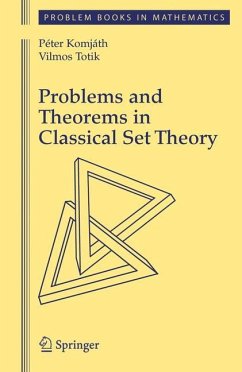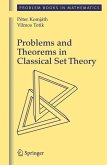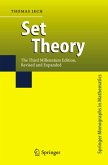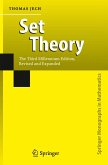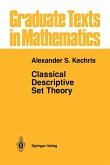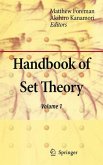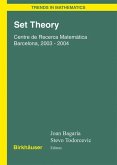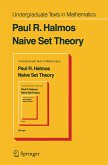Although the ?rst decades of the 20th century saw some strong debates on set theory and the foundation of mathematics, afterwards set theory has turned into a solid branch of mathematics, indeed, so solid, that it serves as the foundation of the whole building of mathematics. Later generations, honest to Hilbert's dictum, "No one can chase us out of the paradise that Cantor has created for us" proved countless deep and interesting theorems and also applied the methods of set theory to various problems in algebra, topology, in?nitary combinatorics, and real analysis. The invention of forcing produced a powerful, technically sophisticated tool for solving unsolvable problems. Still, most results of the pre-Cohen era can be digested with just the knowledge of a commonsense introduction to the topic. And it is a worthy e?ort, here we refer not just to usefulness, but, ?rst and foremost, to mathematical beauty. In this volume we o?er a collection of various problems in set theory. Most of classical set theory is covered, classical in the sense that independence methods are not used, but classical also in the sense that most results come fromtheperiod,say,1920-1970.Manyproblemsarealsorelatedtoother?elds of mathematics such as algebra, combinatorics, topology, and real analysis. We do not concentrate on the axiomatic framework, although some - pects, such as the axiom of foundation or the role of the axiom of choice, are elaborated.
From the reviews:
"The volume contains 1007 problems in (mostly combinatorial) set theory. As indicated by the authors, "most of classical set theory is covered, classical in the sense that independence methods are not used, but classical also in the sense that most results come from the period, say, 1920-1970. Many problems are also related to other fields of mathematics such as algebra, combinatorics, topology and real analysis." And indeed the topics covered include applications of Zorn's lemma, Euclidean spaces, Hamel bases, the Banach-Tarski paradox and the measure problem. The statement of the problems, which are distributed among 31 chapters, takes 132 pages, and the (fairly detailed) solutions (together with some references) another 357 pages. Some problems are elementary but most of them are challenging. For example, in Chapter 29 the reader is asked in Problem 1 to show that $[\lambda]^{<\kappa}$ is the union of $\kappa$ bounded sets, and in Problem 20 to prove Baumgartner's result that every closed unbounded subset of $[\omega_2]^{<\aleph_1}$ is of maximal cardinality $\aleph_2^{\aleph_0}$. This is a welcome addition to the literature, which should be useful to students and researchers alike."
(Pierre Matet, Mathematical Reviews)
"The book is well written and self contained, a choice collection of hundreds of tastefully selected problems related to classical set theory, a wealth of naturally arising, simply formulated problems ... . It is certainly available to students of mathematics major even in their undergraduate years. The solutions contain the right amount of details for the targeted readership. ... This is a unique book, an excellent source to review the fundamentals of classical set theory, learn new tricks, discover more and more on the field."
(Tamás Erdélyi, Journal of Approximation Theory, 2008)
"The volume contains 1007 problems in (mostly combinatorial) set theory. As indicated by the authors, "most of classical set theory is covered, classical in the sense that independence methods are not used, but classical also in the sense that most results come from the period, say, 1920-1970. Many problems are also related to other fields of mathematics such as algebra, combinatorics, topology and real analysis." And indeed the topics covered include applications of Zorn's lemma, Euclidean spaces, Hamel bases, the Banach-Tarski paradox and the measure problem. The statement of the problems, which are distributed among 31 chapters, takes 132 pages, and the (fairly detailed) solutions (together with some references) another 357 pages. Some problems are elementary but most of them are challenging. For example, in Chapter 29 the reader is asked in Problem 1 to show that $[\lambda]^{<\kappa}$ is the union of $\kappa$ bounded sets, and in Problem 20 to prove Baumgartner's result that every closed unbounded subset of $[\omega_2]^{<\aleph_1}$ is of maximal cardinality $\aleph_2^{\aleph_0}$. This is a welcome addition to the literature, which should be useful to students and researchers alike."
(Pierre Matet, Mathematical Reviews)
"The book is well written and self contained, a choice collection of hundreds of tastefully selected problems related to classical set theory, a wealth of naturally arising, simply formulated problems ... . It is certainly available to students of mathematics major even in their undergraduate years. The solutions contain the right amount of details for the targeted readership. ... This is a unique book, an excellent source to review the fundamentals of classical set theory, learn new tricks, discover more and more on the field."
(Tamás Erdélyi, Journal of Approximation Theory, 2008)

